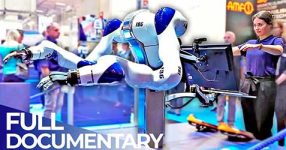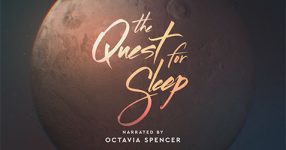“Memory: The Pathways That Make Us Human” delves into the intricate relationship between memory and emotion. It begins by highlighting instances where specific events become deeply ingrained in our minds, while everyday details slip away unnoticed. The documentary emphasizes the powerful connection between memory and emotion, revealing that our brains prioritize encoding and recalling emotional memories. Whether positive or negative, the intensity of the emotion directly influences the strength of the memory.
The filmmakers raise essential questions about the storage of memories in our brains and what happens when these processes malfunction. Despite many mysteries surrounding the encoding and retrieval of memories, significant progress has been made in recent years. Scientists at Columbia University have identified a neural circuit responsible for tagging information with emotional associations, enhancing memory. The documentary sheds light on ongoing research in the United States, exploring the complexities of memory formation and storage.
Personal Memories: Insights from Individuals
The documentary further explores personal memories through interviews with individuals sharing their recollections. Tim recounts his earliest memory at the age of three, involving a memorable fall from a balcony. The conversation shifts to shared experiences, such as the events of 9/11, prompting individuals to reflect on where they were during critical moments in history. The diverse range of memories presented highlights the subjective nature of recollection and the impact of emotion on memory formation.
As the discussion continues, Oliver and Gail delve into the power of emotion in priming the brain. Emotions, whether threatening or pleasurable, trigger intricate processes in the brain, involving the conversion of light waves into electrical energy and the release of stress hormones. The concept of allostatic load is introduced, explaining how sustained hormonal release can impact the body negatively. The documentary expertly weaves scientific explanations with personal anecdotes, creating a comprehensive narrative on the complexities of memory.
Memory Mechanisms: From Neurons to Epigenetics
The exploration of memory mechanisms takes a deep dive into the neural and molecular levels. The documentary introduces the concept of metaplasticity, describing how neurons integrate into new memories based on coincidental activity. It further touches on epigenetic modifications, where dopamine and serotonin influence the accessibility of DNA, controlling gene expression. The intricate dance between regulatory RNAs and protein synthesis inhibitors provides insight into the mechanisms governing memory formation.
The discussion expands to the retrieval process, emphasizing the role of the body in experiencing and reconstructing memories. The distinction between automatic processing and active thought is explored, challenging the traditional understanding of memory as a static entity. The conversation touches on interventions like electroconvulsive therapy and protein synthesis inhibitors used to modify memories, highlighting the ethical considerations and clinical decision-making involved.
Future Horizons: From Offloading to the Nature of Consciousness
The documentary concludes with a thought-provoking discussion on the future of memory. The increasing reliance on external devices, such as smartphones, for information recall is compared to potential future advancements. The exploration extends into the realm of science fiction, questioning whether humanity might achieve the ability to store and retrieve memories externally. The participants express diverse perspectives, leaving the audience with a sense of curiosity and anticipation for the surprises that the future may hold in the understanding and manipulation of human memory.












